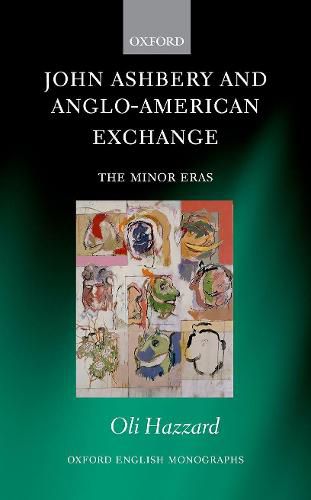Readings Newsletter
Become a Readings Member to make your shopping experience even easier.
Sign in or sign up for free!
You’re not far away from qualifying for FREE standard shipping within Australia
You’ve qualified for FREE standard shipping within Australia
The cart is loading…






This book shows how the work of a major post-war American poet has been centrally concerned with questions of national identity and intercultural poetic exchange, by reading crucial episodes in Ashbery’s oeuvre in the context of an ‘other tradition’ of modern English poets he himself has defined. Through detailed close readings of the poetry of Ashbery and other English poets, original interviews, and extensive archival research, a new account of Ashbery’s aesthetic, and a significant re-mapping of post-war English poetry, is presented. The biographical slant of the book is highly significant, as it reads these writers’ poetry and correspondence together for the first time, suggesting how major poetic innovations arose from specific social contexts, from the particulars of relations between poets, and also from a broader climate of Anglo-American exchange as registered by each poet. The result is that both Ashbery himself, and the landscape of post-war English poetry, are presented in significantly new lights.
$9.00 standard shipping within Australia
FREE standard shipping within Australia for orders over $100.00
Express & International shipping calculated at checkout
This book shows how the work of a major post-war American poet has been centrally concerned with questions of national identity and intercultural poetic exchange, by reading crucial episodes in Ashbery’s oeuvre in the context of an ‘other tradition’ of modern English poets he himself has defined. Through detailed close readings of the poetry of Ashbery and other English poets, original interviews, and extensive archival research, a new account of Ashbery’s aesthetic, and a significant re-mapping of post-war English poetry, is presented. The biographical slant of the book is highly significant, as it reads these writers’ poetry and correspondence together for the first time, suggesting how major poetic innovations arose from specific social contexts, from the particulars of relations between poets, and also from a broader climate of Anglo-American exchange as registered by each poet. The result is that both Ashbery himself, and the landscape of post-war English poetry, are presented in significantly new lights.